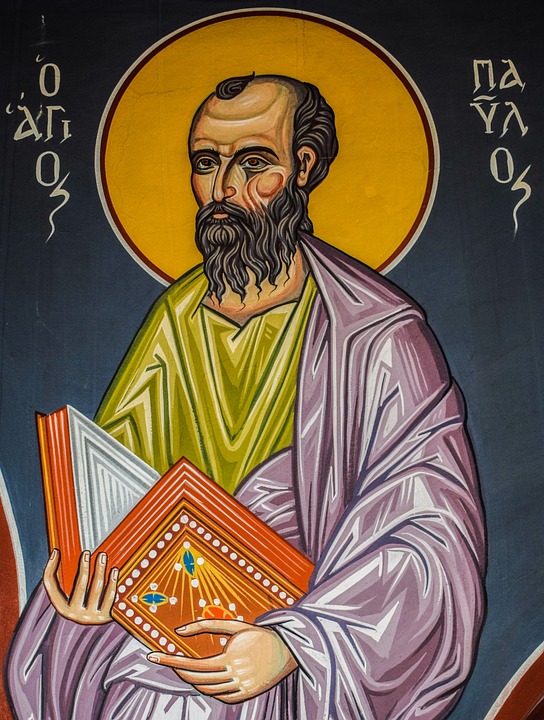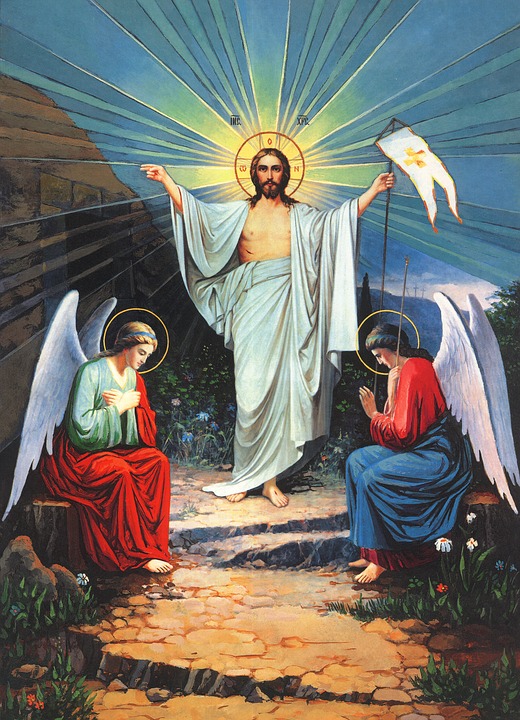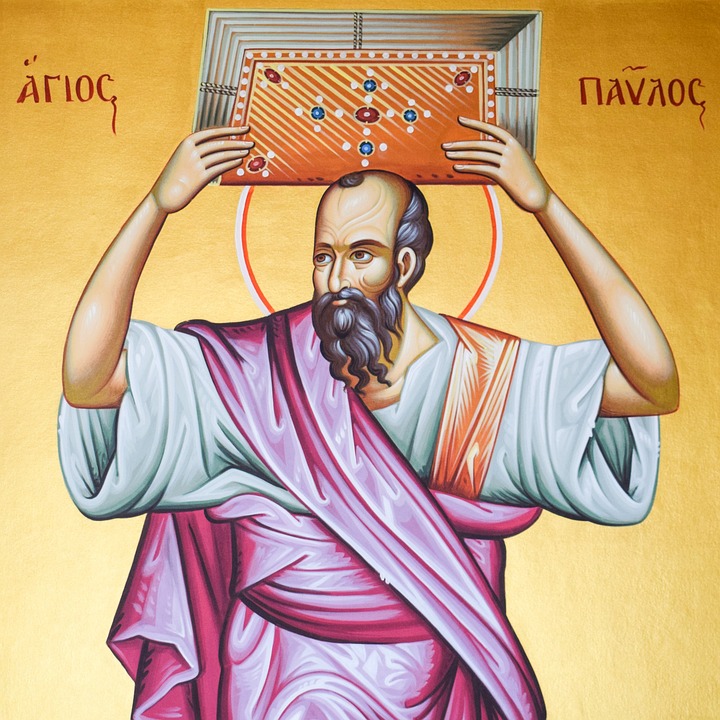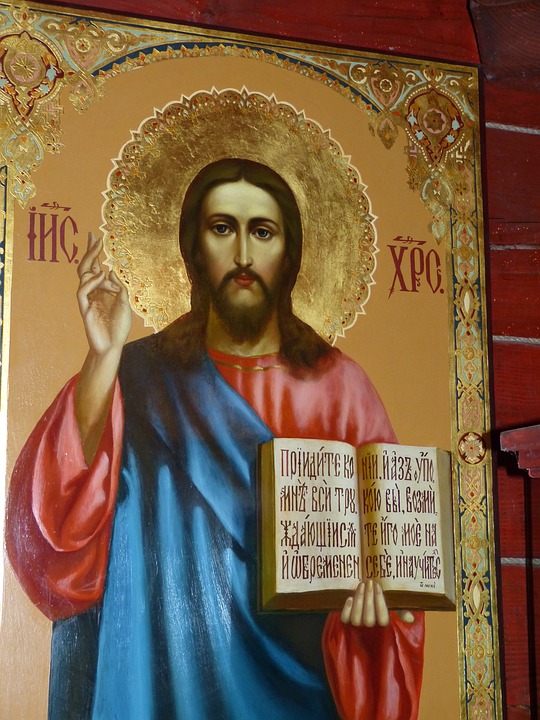Saint Paul the Apostle

Apostle to the Gentiles
Saint Paul the Apostle, one of the most important figures of Christian History, made an impact as a Theologian and as a Letter-writer of the Apostolic Age (33 AD – 100 AD), preaching of the Crucifixion, Death, Resurrection, and Lordship of Jesus Christ that liberates all people through salvation.
Although Saint Paul was not one of the original Apostles during the Ministry of Jesus, he is considered "the Apostle of the Gentiles" (non-Jew) for his mission to spread the Gospel to all people.
He is often considered to be the most important person after Jesus Christ in the history of Christianity.
Paul said that God had revealed His Son, Jesus Christ to him so that he could preach the Gospel of salvation to the Gentiles.
Saint Paul the Apostle was a Greek speaking, Diaspora (away from ancestral homeland) Jewish, Roman citizen who had been a member of the Pharisees and trained in the trade of tent-making.
His original name was Saul and he was born a Jew, around 4 BC in the port city of Tarsus, a Greek speaking town of Asia Minor that became a part of the Roman Empire.
Saul's conversion to Christianity occurred after Jesus' Crucifixion - his spiritual awakening was sudden and dramatic.
Saul the Persecutor

Saul was a persecutor of early Christians and regarded Jesus as a threat to Pharisaic Judaism.
He was present at the persecution and martyrdom of Saint Stephen and was sent to Damascus to suppress Christianity there in 33 AD, after the Resurrection of Jesus Christ.
While traveling on the road from Jerusalem to Damascus around mid-day, a sudden light from heaven flashed around him and he was brought to repentance by the Resurrected Image of Jesus Christ.
He fell to the ground and heard a Voice say to him, "Saul, Saul, why do you persecute me?" "I am Jesus, whom you are persecuting."
Saul was temporarily blinded and immediately realized that Jesus Christ is indeed, the Son of God.
Jesus sent Saul to his disciple, Ananias ("favored of the LORD"), at Damascus to heal his blindness through the Power of the Holy Spirit.
Christian Baptism

After he experienced the Divine Revelation of the Resurrected Jesus, he was baptized a Christian.
He changed his Hebrew name of Saul, the persecutor, to the Greek name Paul to acknowledge his new Christian faith.
From that miraculous moment, Paul became a faithful servant of God, dedicated to serving others.
Saint Paul the Apostle

Saint Paul the Apostle became the greatest missionary to preach the Gospel to the Gentiles.
Jewish Christians thought that Gentiles (non-Jews) must become Jewish in order to become Christian.
Saint Paul's desire was for all people to gain spiritual salvation and that no barriers should be put in the way of those who seek the symbol of love, hope and everlasting life through the Cross of Christ.
He began his great missionary journeys from the then, Greek city of Antioch, and from there the Gospel of Jesus spread from city to city throughout the Hellenized (Greek) cities of the Roman Empire.
Saint Paul the Apostle was the founder of many of the early churches in the East.
By 100 AD, over 40 Christian churches were established in Asia Minor as well as Philippi, Thessalonika and Corinth in Roman Greece.
Saint Paul's Gentile doctrine changed the course of Christianity from a small sect of Judaism to ultimately, become a world faith with many Christian denominations.
The Bible

Matthew, Mark, Luke, and John are the authors of the Four Gospels in the New Testament.
Within the New Testament Saint Paul is second only to Saint Luke the Evangelist, the only Gentile (non-Jewish) writer of the Bible.
Of the 27 books in the New Testament, 13 are attributed to Saint Paul.
The Early Christian Church ascribes to Saint Luke the Evangelist, the Greek physician and Christian Historian, authorship of both the Gospel according to Luke and the Book of Acts of the Apostles of the New Testament.
He was also, the first iconographer to paint the image of our Blessed Virgin Mary, holding the Infant Jesus in her arms.
Saint Luke was the loyal companion who stayed with Saint Paul when everyone else deserted him in his final imprisonment in Rome.
During Saint Paul's imprisonment, he wrote four of his fourteen epistles (Ephesians, Colossians, Philippians and Philemon).
Saint Paul the Apostle was beheaded with a sword near Rome in 67 AD by orders of the Emperor Nero following the Great Fire in the city and thus died a martyr for his faith.
The symbols of Saint Paul are a book and a sword which represents his Epistles in the New Testament of the Bible and the sword to remind us of his martyrdom.
Ezine Articles Author Link
Click on the Link Below

Newsletter Opt-in-Form
The Keen Traveler
Your second block of text...
Recent Articles
-
Teachings of Jesus Christ
Oct 14, 25 05:45 AM
The Teachings of Jesus Christ have fascinated people for centuries with their powerful Message of love and hope that have stood the test of time. -
God's Greener Pastures
Jul 17, 25 01:26 AM
God's Greener Pastures symbolize a state of spiritual and physical well-being through abundance and peace. -
Faith Church and Fellowship
Jul 02, 25 04:44 AM
Faith church and fellowship connect believers with God our Creator, Jesus Christ our Savior and with one another.


